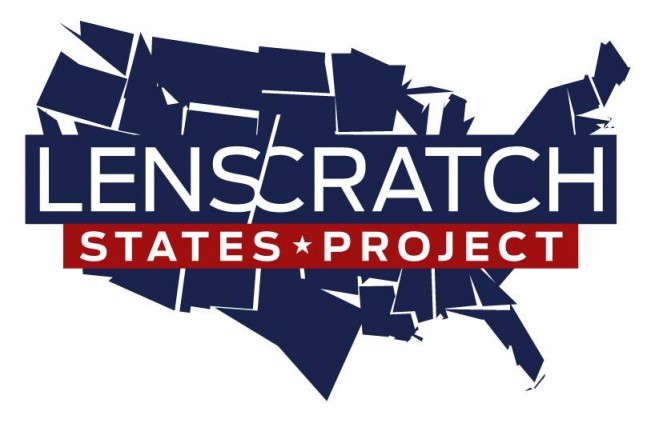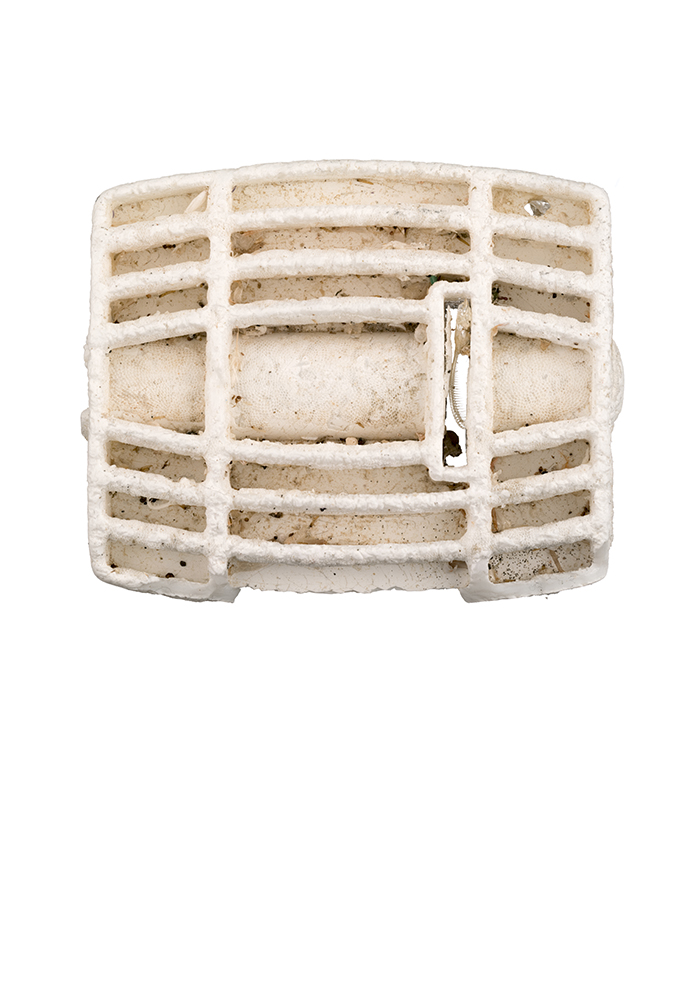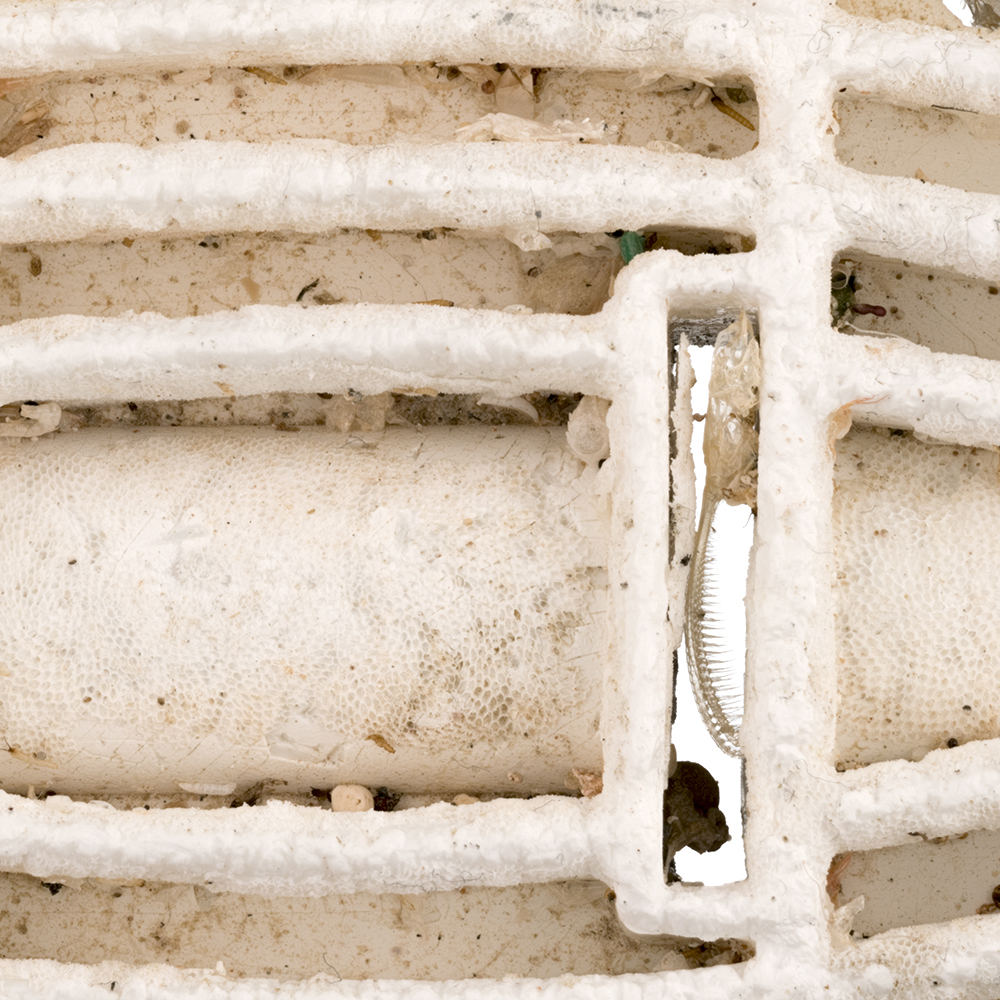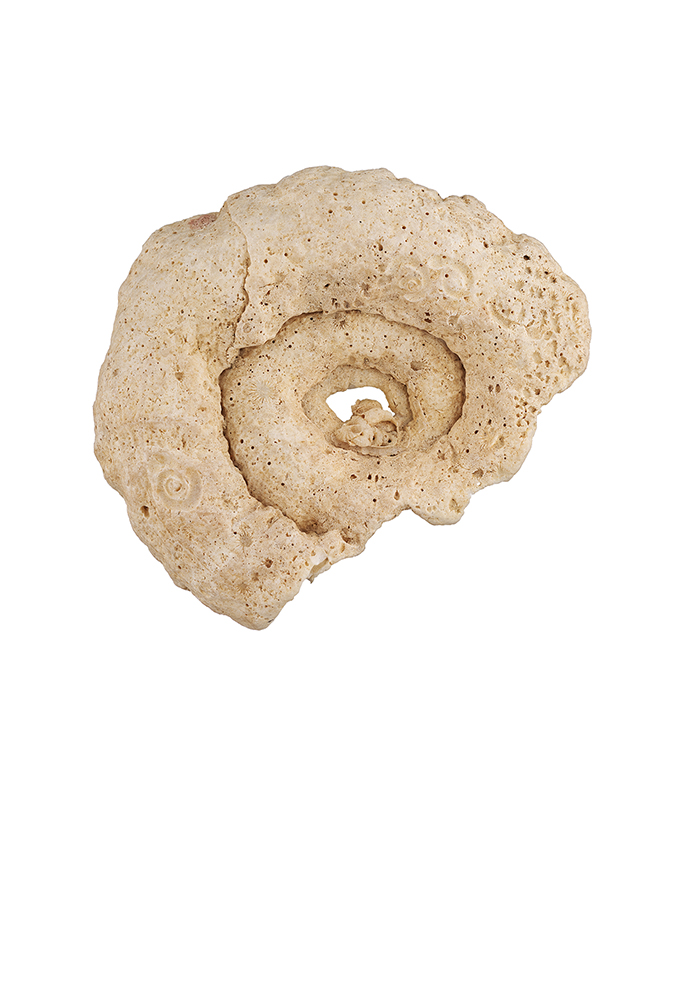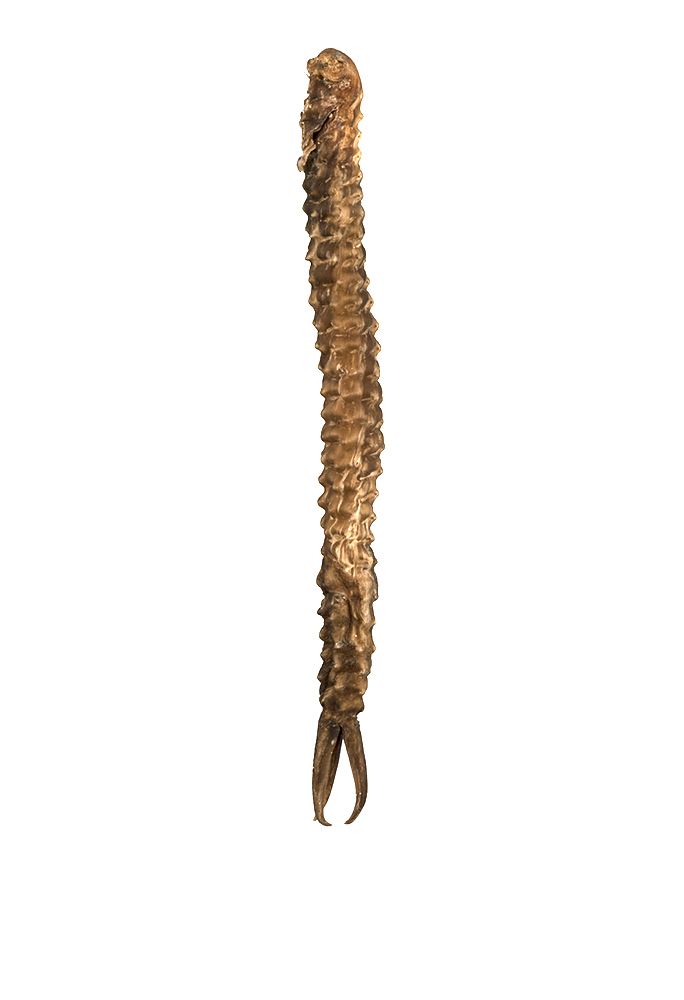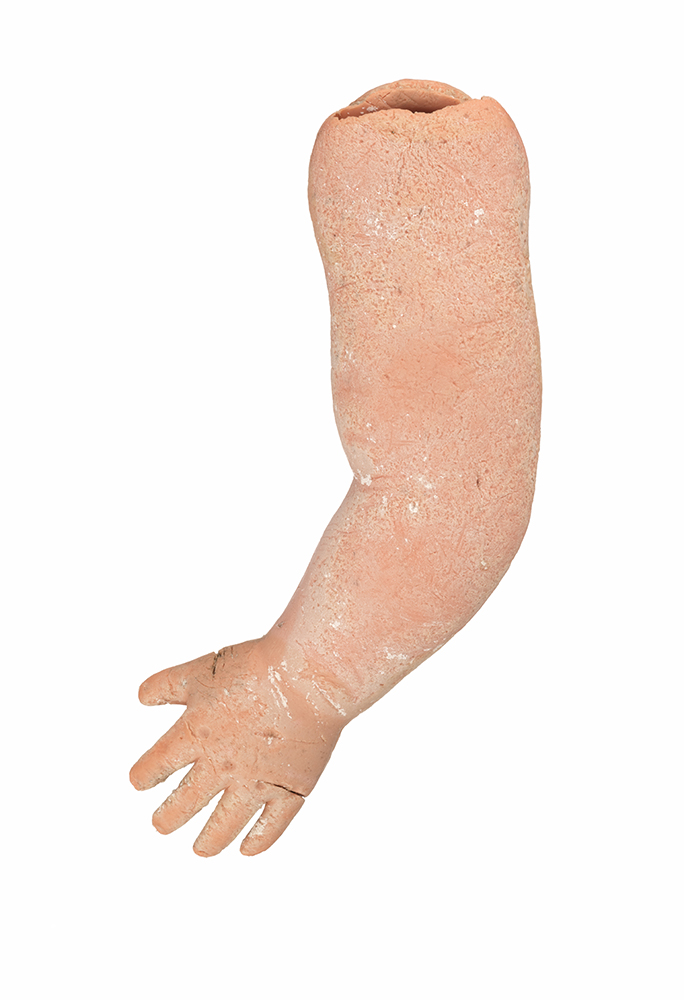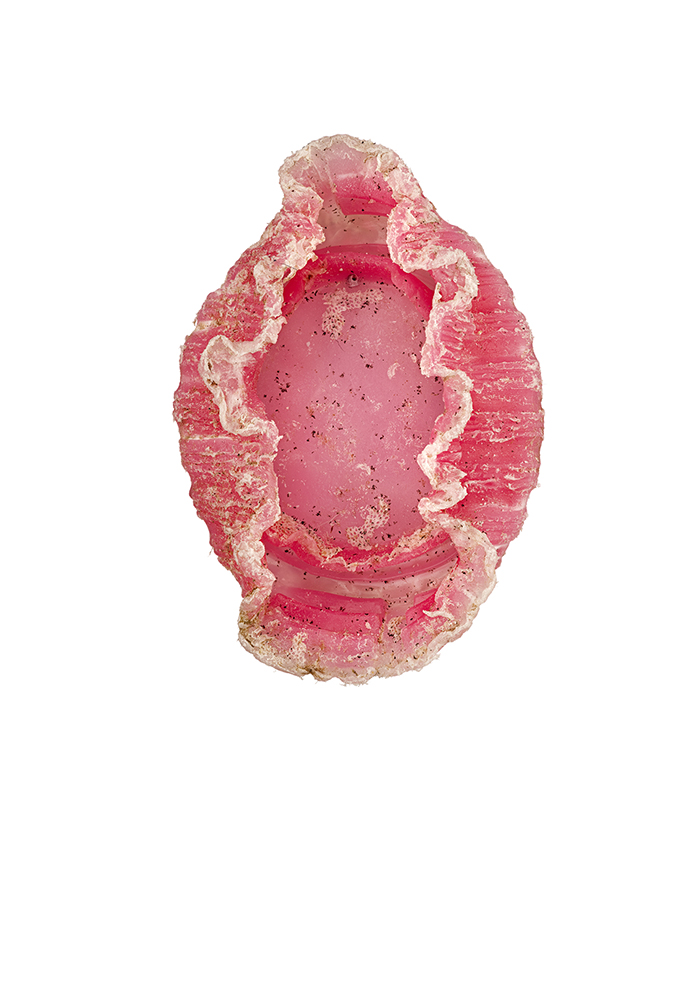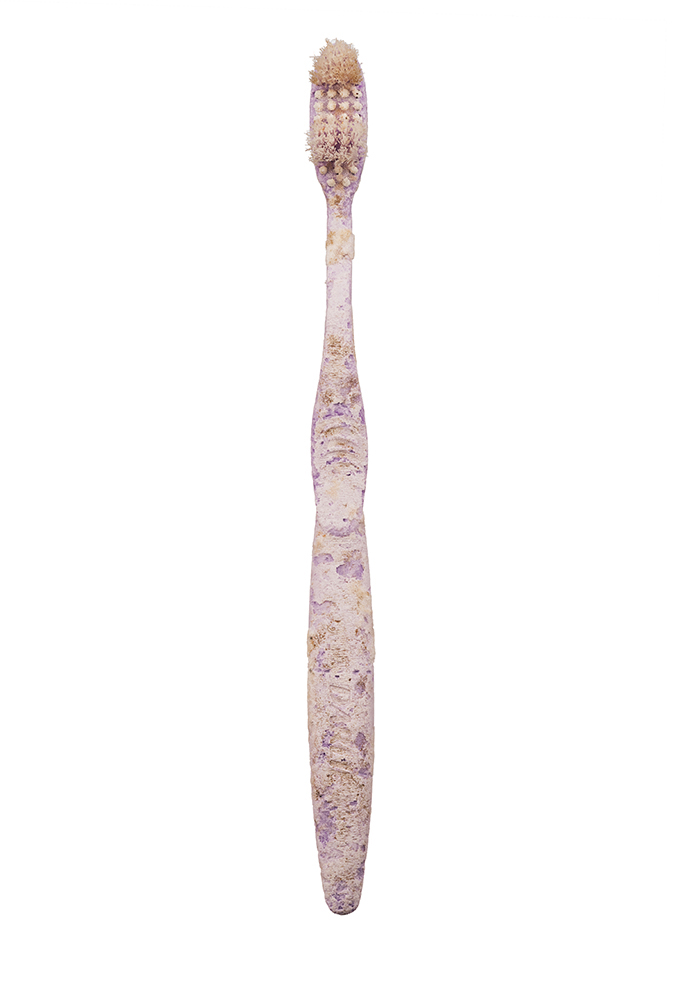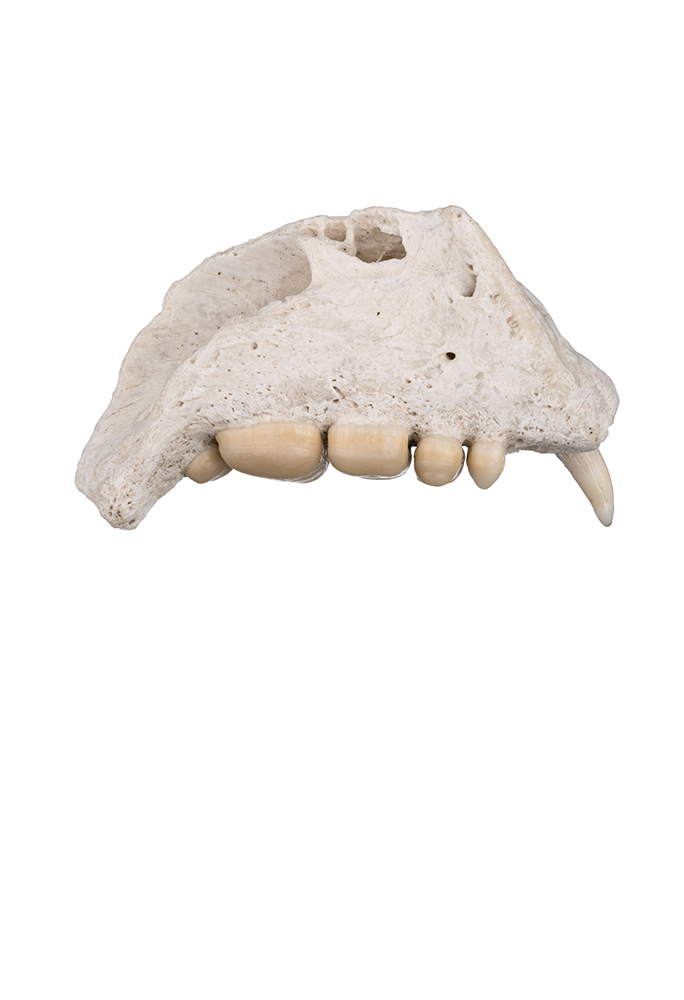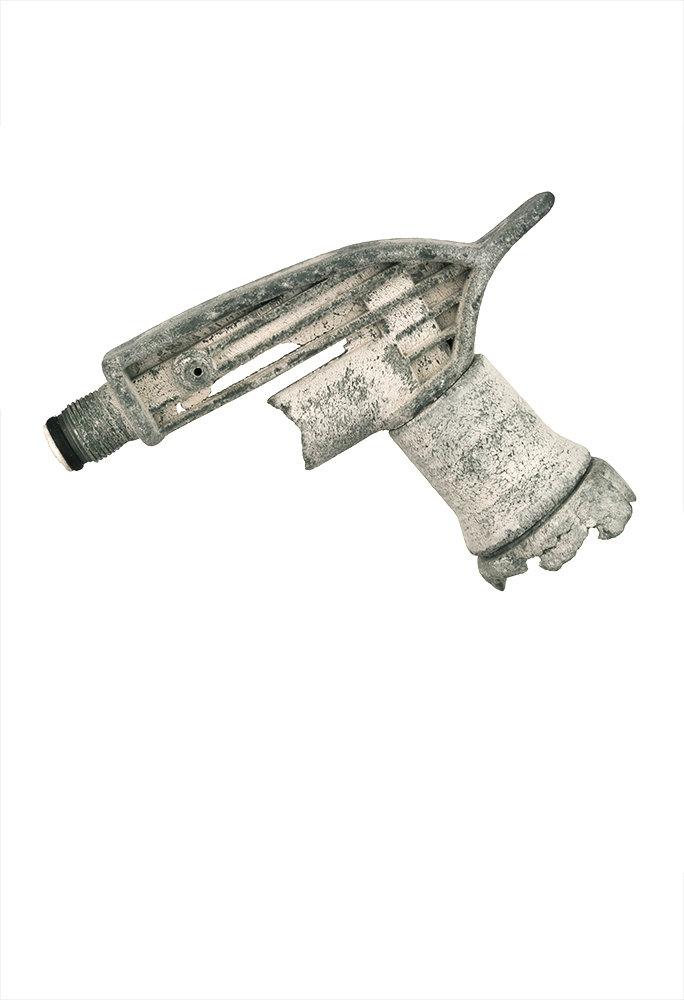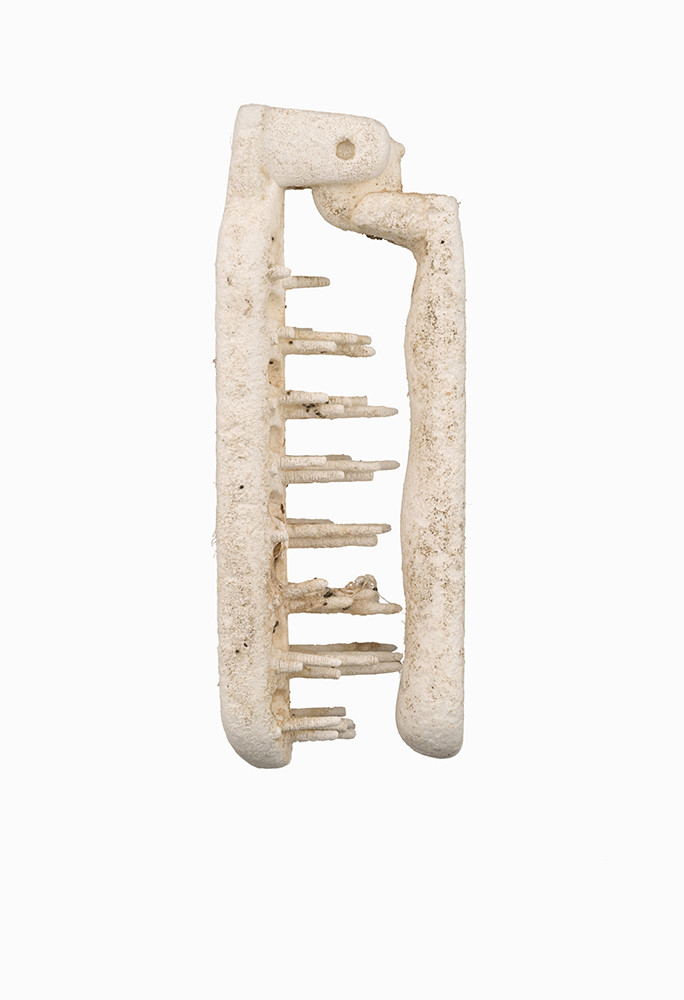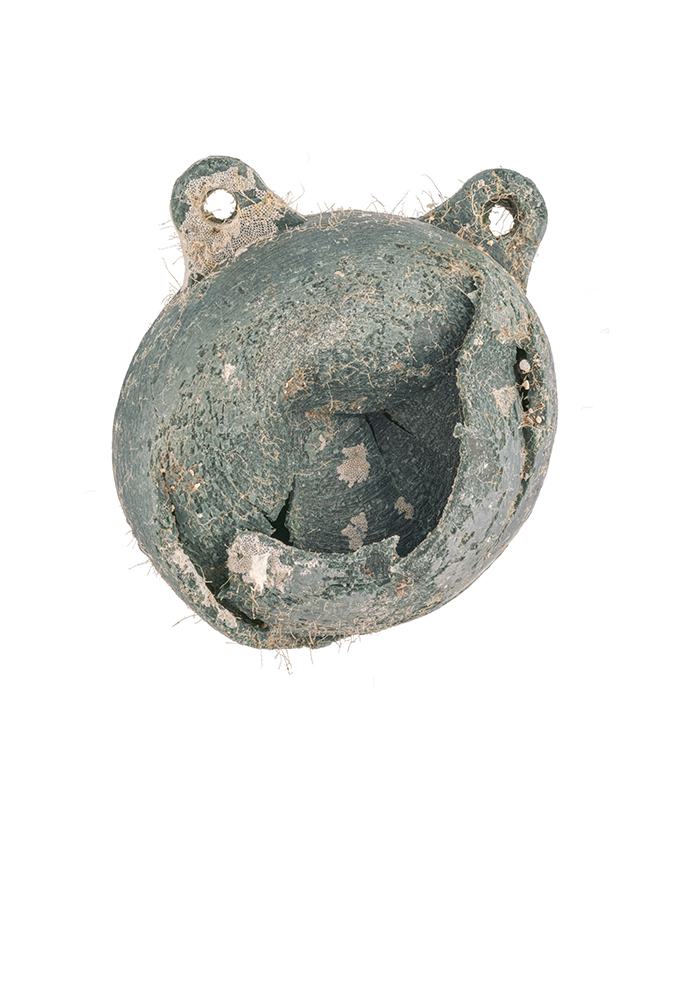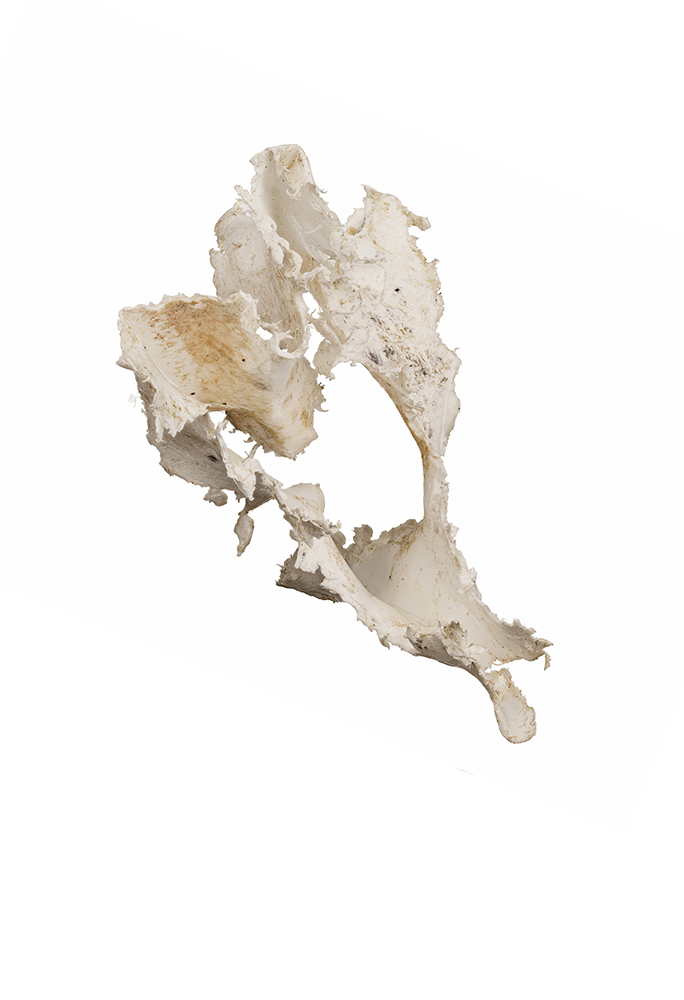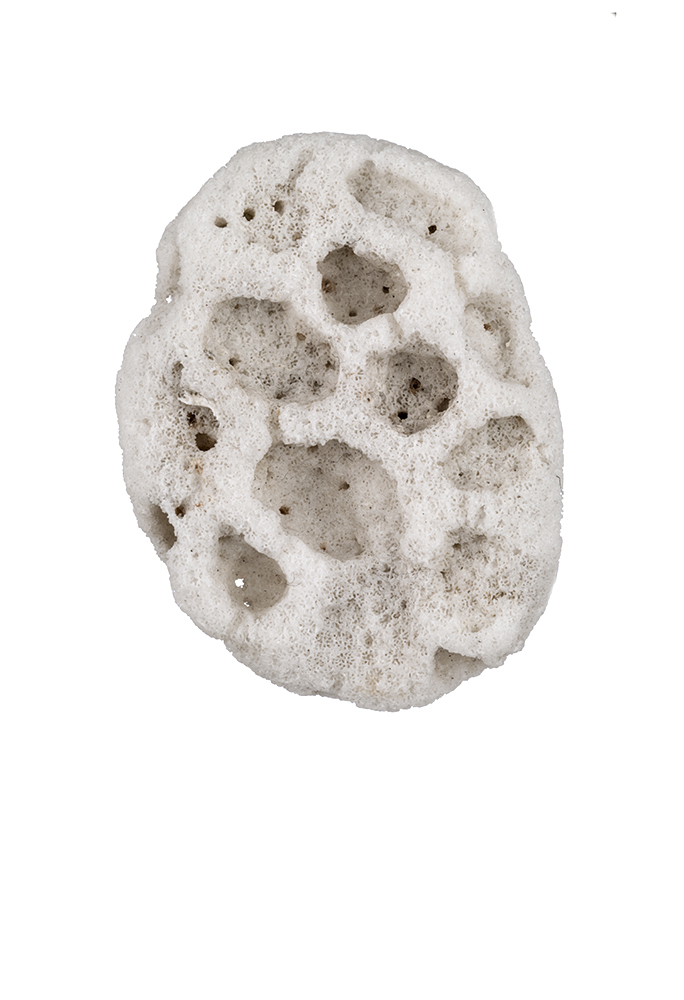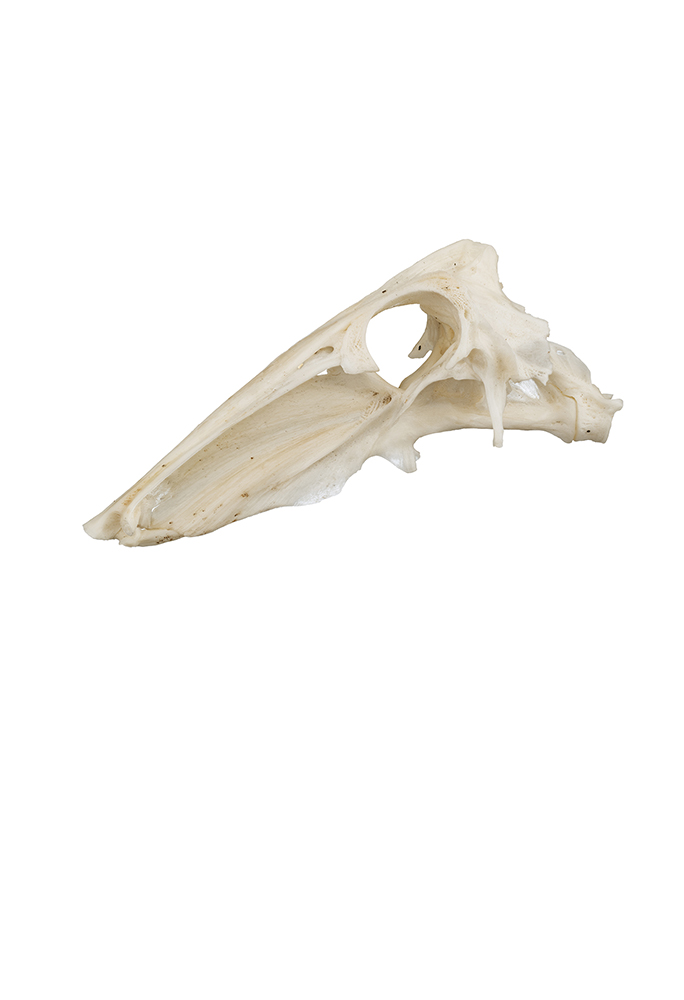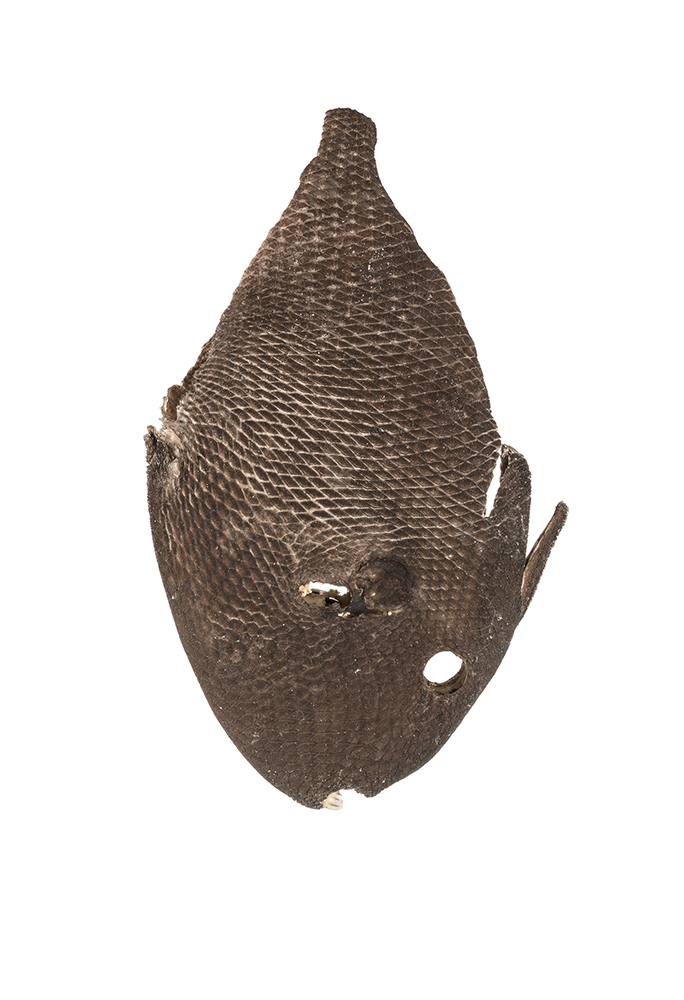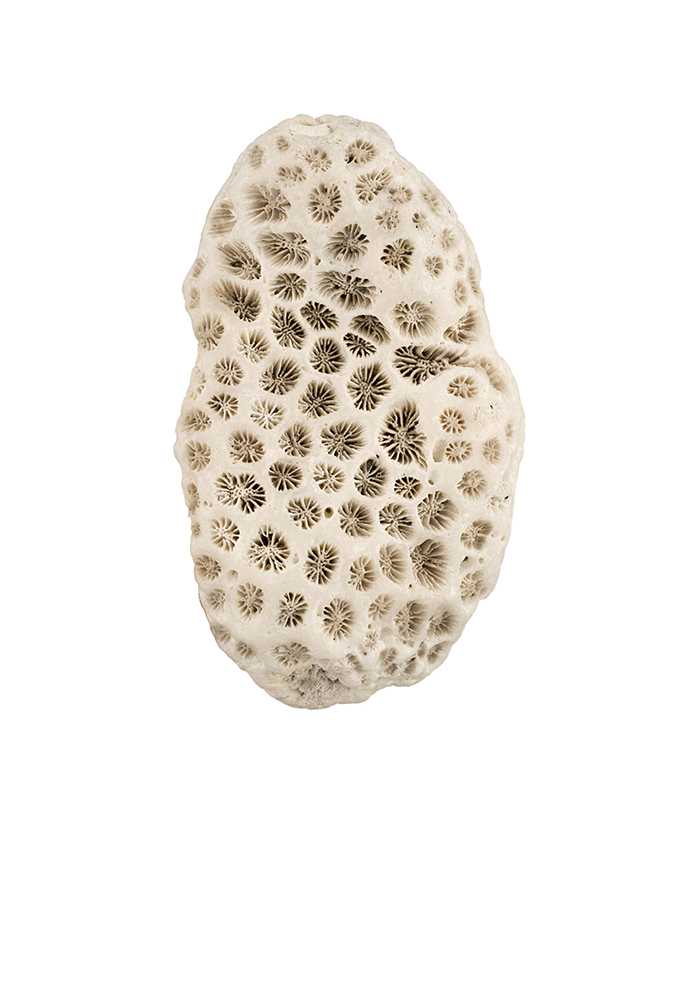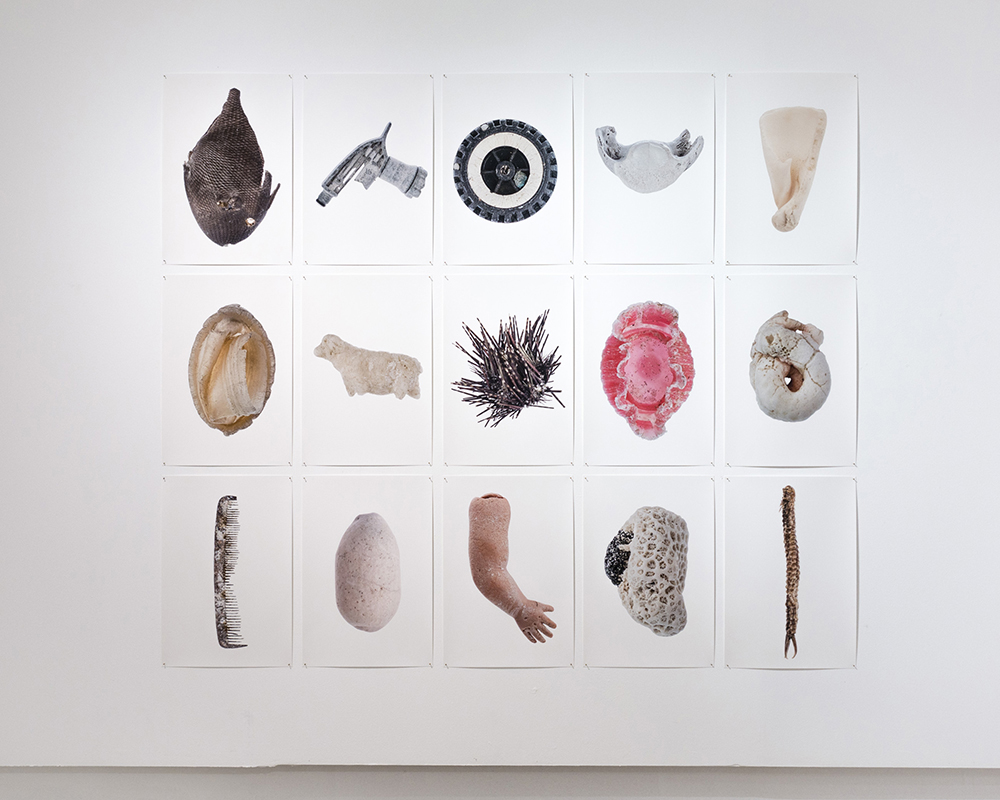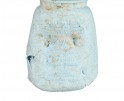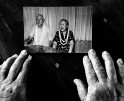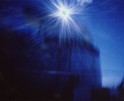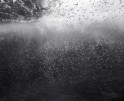Laurel Schultz: The States Project: Hawaii
I gratefully and serendipitously met Laurel Schultz thanks to an energetic introduction by Linda Connor during the 2016 Photo Alliance portfolio review in San Francisco, CA. Her usual passionate-self, Linda showed excitement bringing together Laurel and me as she thought I might appreciate Laurel’s work. I very much do!
With an immense sense of quietude and care, Laurel sees the world around her in a very special and incredible curious manner. She seems bursting inside to want to express her love for and connection with her surroundings, and this is apparent in all her work.
In her project “Order of Things,” Laurel meticulously examines the stories that endlessly wash up on shore near her home. These are the stories told by the markings, once loved and widely traveled, left on a broad range of objects that have imbued within them their histories, pasts, and paths across the seas. It is moving to say the least, to encounter in such detail the objects she collects, because to be so mindfully, obsessively and lovingly interested in the lives of these objects, is to be interested in the larger web of humanity that is encapsulated within them.
Laurel Schultz is a photographer and multi-media artist whose work explores fragments and figments of the natural world as a lens on human nature. She received an MFA in Interdisciplinary Arts at the University of Washington in Seattle, and a certificate from the Photography Center Northwest. Her work has been exhibited throughout the U.S. She has taught photography at the University of Washington, the Photographic Center Northwest and, more recently, the Donkey Mill Art Center in Holualoa.
The Island of Hawaii is about as far from any major land mass as one can get. A beach near the Southern tip of the island, a white sand crescent protected by a lava shelf, receives all manner of material from the ocean: shells, children’s toy, bones, logs, grooming implements, and fishing equipment. I collect, archive and photograph these objects both as a grim testament to the arrival of the Anthropocene and a story of the persistence of life. Perhaps if we can put the puzzle pieces together they can show us that we are part of the natural world and not masters of it. How do these objects fit together? Can we construct a new order of things?
What I love most about this project and seemingly one way you work, is the care with which you approach the ongoing and ever-growing collection you gather from the sea. Do you feel you approach all things in your life in this way, and either way, what do you think that says about some of the things you value, generally [ in life ], that carries over through this process?
I do feel somehow responsible for the items in my collection; I organize them and keep them in my studio. They are mute things, but for me they definitely have lives of their own. Collectively these objects help me consider the problem of being a member one species among many others, but one that has an outsized impact on other life on the planet – these objects provoke me and make me create. I would like to face everything in my life with the same curiosity and care I try to bring to this project, but let’s just say that’s my goal.
This practice of collecting: Do you find it gives you solace, or does it rather brings anxiety or excitement — or none or some of all of those?
Collecting is meditative and fascinating, even when it also saddening. Since childhood I have loved to see what the tide brings in. The beach is a liminal space – a kind of dialog between terra firma and the briny deep. At Kamilo beach what the tide brings in is both riveting and disturbing. Two thousand four hundred miles from the nearest land mass there’s an island, and on the island is a beautiful white sand beach. The beach is bounded by native plants on one side and the roaring Pacific Ocean on the other, and then there’s all this plastic debris. At first this seemed to me like a contradiction, and then I had this sort of epiphany: this is it, this is our planet today. Here’s the shell of a variable worm snail, and here is the plastic tooth cleaning implement of a bipedal primate.
In a metaphorical way, to me, I see the “stories” and objects you are collecting analogous to points on the timelines of the winding and roundabout pathways that all of our lives on this Earth tend to follow, and in all the Cosmos-! This is very beautiful to me especially as you are telling the countless stories of countless lives, one each at a time of seven billion of us. You seem to be a voice, a visual song for stories that may have otherwise been unsung. Do you see your work in this way at all? How would you express what you’re doing and how you’re interacting with these objects?
I like to look at things that other people look past. Most pieces in this collection are fairly unspectacular. Rather than a cabinet of curiosities, I’m collecting a cabinet of mundanities. But when these things are examined closely they do have histories (or itstories?). For instance, a small blue bottle of talc was produced and sold by a branch of a multinational corporation in the Philippines. It was sold to a consumer used up the contents and discarded the bottle. The bottle found its way into the ocean, perhaps floated in the South Pacific Garbage Gyre for a while. A few bryzoan colonies grew on it, some algae too, a fish bit it, and then it washed up on this beach, it was collected, carefully photographed and then archived in the kind of plastic container that Costco sells its apples in.
What’s one one of the first experiences you can describe that got you started on this project? What drew you in?
When I first visited Kamilo Beach I knew that I wanted to do a project about it. I’m a creature of place, and I was really intrigued by the seeming contradiction between this very isolated, rugged, wild place, and this abundance of plastic debris. I helped out with Hawaii Wildlife Foundation cleanups, and learned more about the place, its histories and problems. I became interested in everything on the beach as a tool for asking whether we can see ourselves as a part of nature. If we continue to see ourselves as somehow separate from “nature,” we doom ourselves to continue mindlessly damaging life on this planet.
What’s something in your disposition, personality, etc, that you feel guided you toward this project?
I’ve always been interested in our place in the natural world. I’ve done work picturing a “tree’s-eye view,” explored the beauty and strangeness of bonsai, and the attendant notion that bonsai are nature perfected. In short, I’m interested in exploring how we can see ourselves in the order of things, and how we construct that order. I’m also drawn to contradiction, so I am also working on another project about the ocean Understudies. I’m trying to look at the ocean itself: the water, not it’s denizens or detritus. When one jumps in the Pacific Ocean and is absorbed by this massive, salty, body flexing with winds from other continents one realizes how very small we are. We are warming the planet and the oceans are rising and coming ashore. It seems we cannot stop ourselves, or can we?
Finally, what’s a book/movie/quote/person/artist/or place, that’s is giving you inspiration these days?
I’ve been reading (and looking at) Exploratory Works: Drawings from the Department of Tropical Research Field Expedition, a book that Mark Dion put together with The Drawing Center. It’s a kind of case study in art and science in fruitful collaboration, something we need more of. This summer I participated in a workshop led by Mark Dion at the Anderson Ranch Art Center in Colorado. It was a great experience. The lectures, the project, the other participants in the workshop – everything about it was fabulous. I’m still learning from it.
Posts on Lenscratch may not be reproduced without the permission of the Lenscratch staff and the photographer.
Recommended
-
Laurel Schultz: The States Project: HawaiiAugust 19th, 2017
-
Kent Nishimura: The States Project: HawaiiAugust 18th, 2017
-
Minny Lee: The States Project: HawaiiAugust 17th, 2017
-
Atis Puampai: The States Project: HawaiiAugust 16th, 2017
-
Wayne Levin: The States Project: HawaiiAugust 15th, 2017


